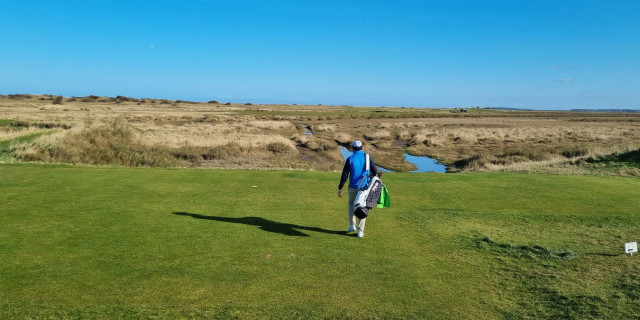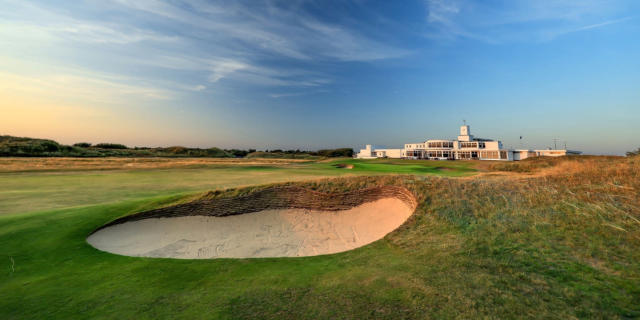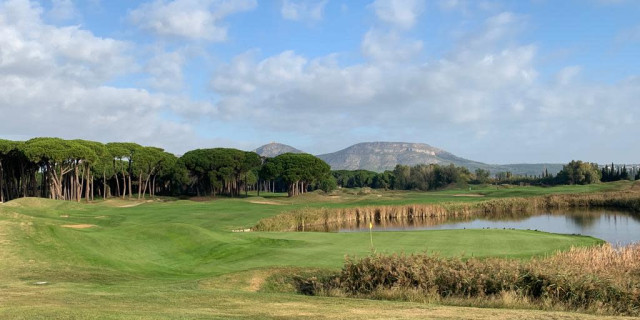
The Different Types of Golf Courses
Several years ago, a knowledgeable, golfing friend sprung a question on me: what is your favourite type of golf course? ‘Type?’ I just managed to stop myself from replying, utterly befuddled, but unwilling to display my ignorance. ‘You know, like “parkland”,’ he elaborated, as I did my best to look like I understood what he was getting at. Eventually I had to say something: ‘Royal St. George’s,’ I stuttered. My friend looked puzzled.
Nowadays, I’m the one airing my knowledge of ‘parklands’, but golf course types are confusing beasts. There’s just so many types. Parkland. Heathland. Links. Desert. Like Polonius’s tragical-comical-historical-pastorals in Hamlet, they just go on and on. It’s no wonder golfers get so confused! Fortunately, these days I’m a lot more au fait with the different types of courses and their nuances. If you too have trouble telling your links from your parklands, read on for a quick guide.
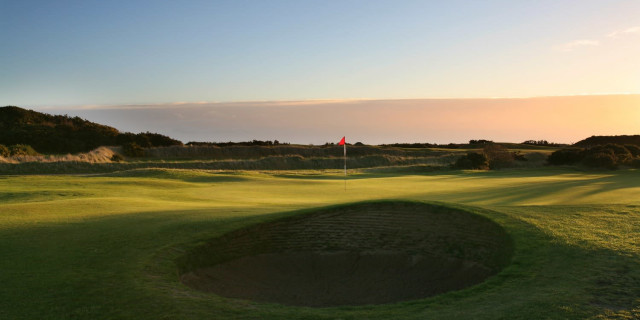
Links
Let’s start with the most obvious: the links course. Or as you probably otherwise know it: the one by the seaside. The most salient characteristic of a links track is that it’s by the sea. Typically, a links course will be set out on tight, sandy turf which is constantly being battered by a stiff sea wind. A true links track usually also has an absence of trees, relying instead for its protection on the aforementioned South-Westerlies, as well as undulating dunes. The number one defence of most links courses, however, is, bunkers. Though inland courses’ bunkers sometimes copy the iconic links style, links courses have unusually deep ‘pot bunkers’ which are a calling card of seaside golf. The most famous links course is the Old Course in St. Andrews. Others include Carnoustie, Turnberry and Royal Liverpool. Every course on the male Open rota is a links.
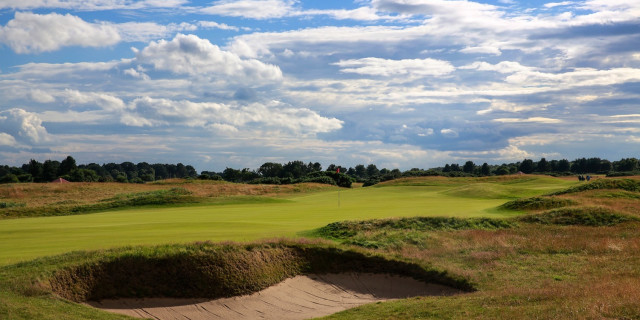
Parkland
These are the bread and butter of golf courses, and one of the most common types of track in the UK. As the name suggests, parkland courses are comprised of park land – set in parks or other large expanses of grassy and typically wood-smattered areas. Trees are an abundant feature of the typical parkland, often set tight to fairways to force the golfer to hit accurate drives, and many park lands also rely heavily on water hazards, such as streams and lakes, to add difficulty to play. Compared to the typically browned links courses, parklands tend to be sumptuously green. They are also usually flat and thus arguably less challenging than the bumpier terrain you find on a links. Some well-known examples of the parkland type are The Grove, The Belfry and, in the States, of course, Augusta National. If you’re a member of a club in the UK, the chances are the course you’ve a member of is one of these.
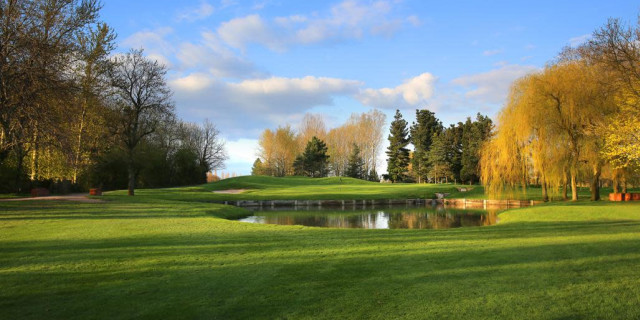
Downland
Downland courses are characterised by hills, big changes in elevation that work out the legs and test distance control on your shots. Colour-wise, these vary immensely, but usually sit somewhere between the scorched earth colours of the common links track and the richer greens of a well-manicured parkland. Overall though, I’d say its affinities are closer to the former than to the latter. Like a good links, downland courses often featured viciously sloping fairways, even steeper than those found by the seaside, and you can also count on similarly bumpy greens. Because of their relatively high altitudes, wind tends to be a factor on downlands – low shots will be rewarded, higher efforts punished. Goodwood Downs Course and Lewes are just some of the great downland tracks to be found in the UK.
Heathland
This is my favourite type of golf course, narrowly edging out links for my personal top spot. In my view, the heathland is the best of all worlds. The turf is typically tight and sandy, very similar to a typical links, but there’s less risk of being buffeted by strong winds and, in spite of my love of the sea, I’d say the scenery is a little more pleasant too. Trees, usually pines, abound here. However, the main feature of a good heathland is undoubtedly heather and gorse. Among the best heathlands in Britain are Sunningdale, Hankley Common and The Berkshire. An underrated heathland is Bramshaw Golf Club’s Forest Course, which tracks through the New Forest.
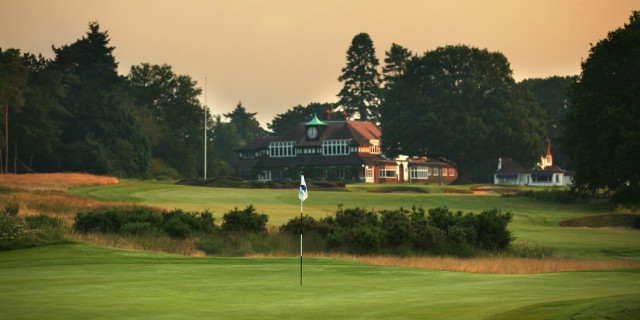
Desert
Pretty self explanatory this one: desert courses are set into deserts. Because of their exotic locations you won’t find many of these in the UK and will have to travel further afield if you want to play one. For those willing to journey, however, the airmiles will be proved worth it. Desert courses are breathtaking places to be. The contrast between the unyielding, spare ground of the desert setting and the typically luscious green fairways is really something and a triumph of golf course architecture. You can see the pros tackle a desert course in any of the European Tour events in Dubai; while, if you’re stateside, courses like TPC Scottsdale, which hosts the famously raucous Phoenix Waste Management Open, are the places to go. Just watch out you don’t get pricked by a cactus!
Sandbelt
Sandbelt courses reside in Australia, in the famous Melbourne Sandbelt. The most illustrious of these is without question Royal Melbourne, the site the 2019 Presidents Cup. Straddling the divide between links and heathland, sandbelt courses have much sandier turf than you find on most heathland tracks, bringing them closer to links, as well as canny humps and hollows which are also associated with the seaside. Bunkers aplenty and fast-running, undulating ground makes Australian sandbelt courses some of the most testing about.
Executive Course
Executive courses are defined less by their scenery than by their length. The typical executive track is either an abbreviated 9 holes of par 4s and par 3s (there are rarely par 5s), or an out-and-out par 3 course, which, again, will typically only stretch to 9 holes. Many of these are advertised as courses in their own right and will take visitors for a usually reasonable fee, but some are restricted only to members, and essentially an extended practice ground. Members of clubs with executive layouts will use the courses to work on their short game. If you’re lucky enough to be based at a club with a good executive track, make use of it!
What is your favourite type of golf course? Let us know!
Tags: Will Trinkwon types of golf courses sandbelt parkland links Heathland executive courses downland desert daily picks

